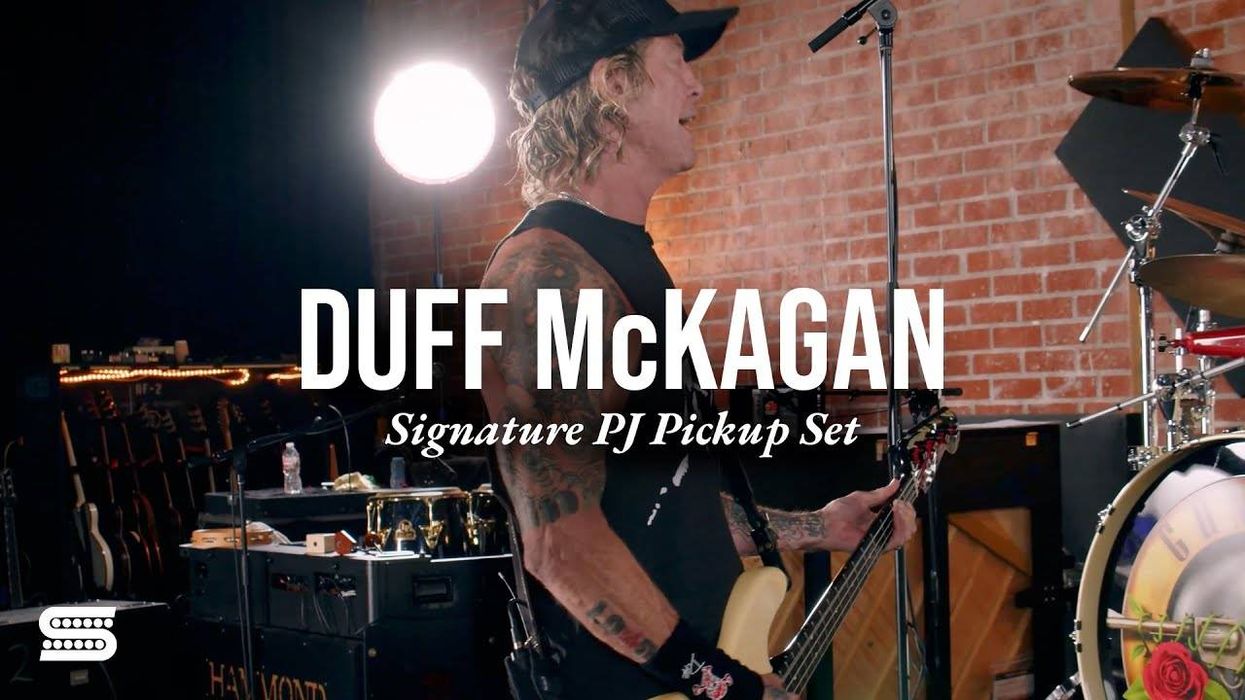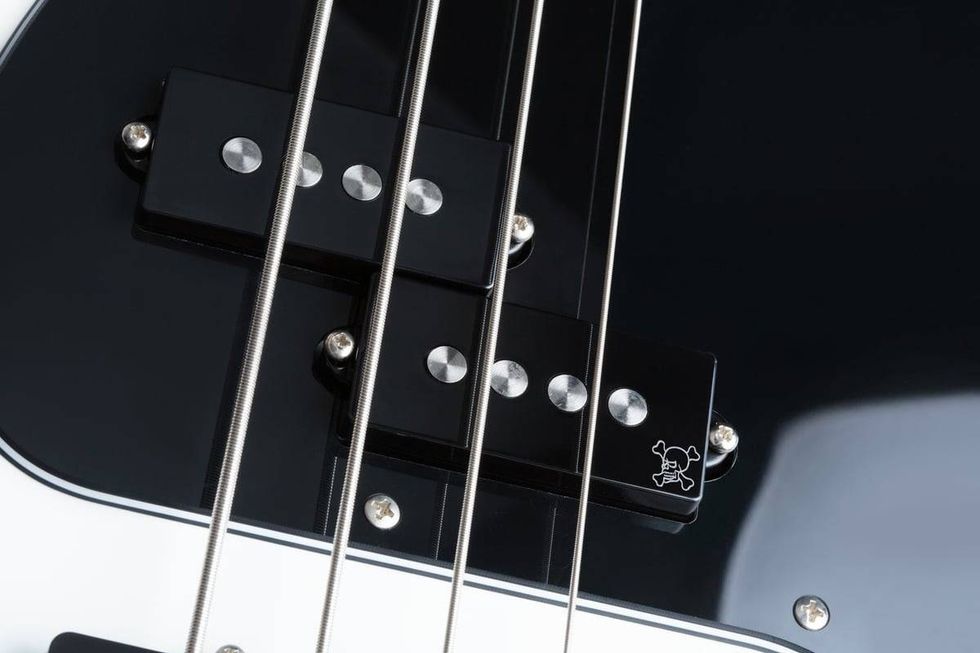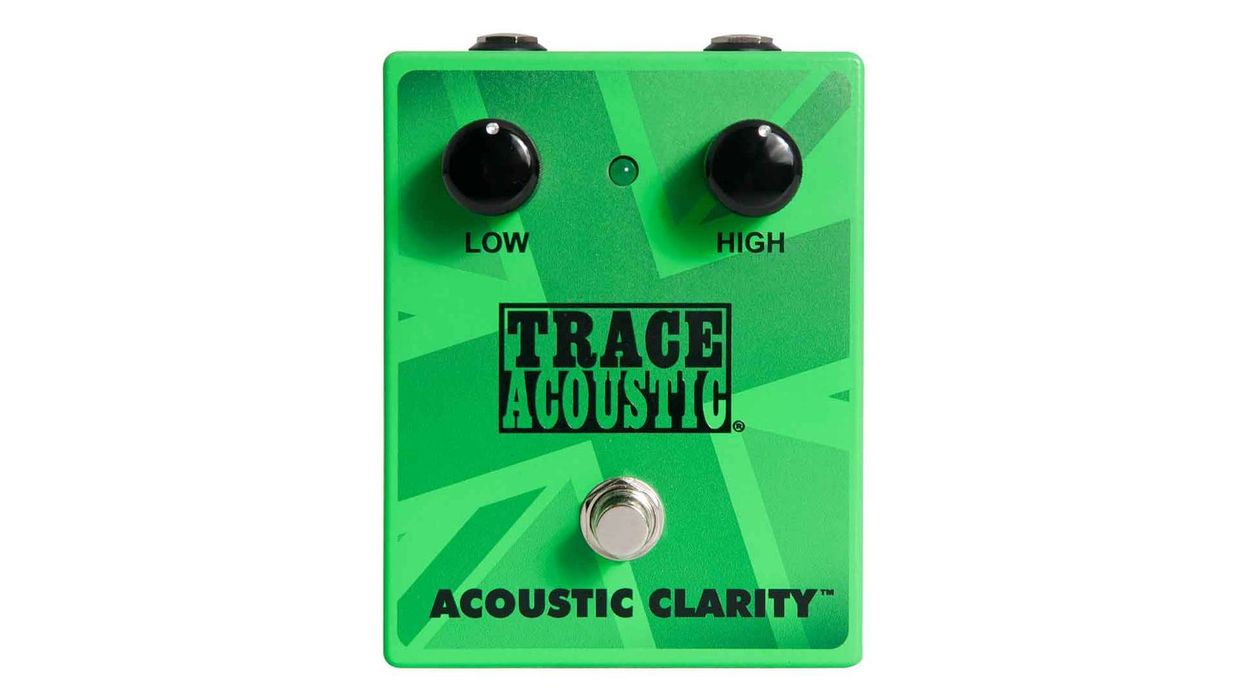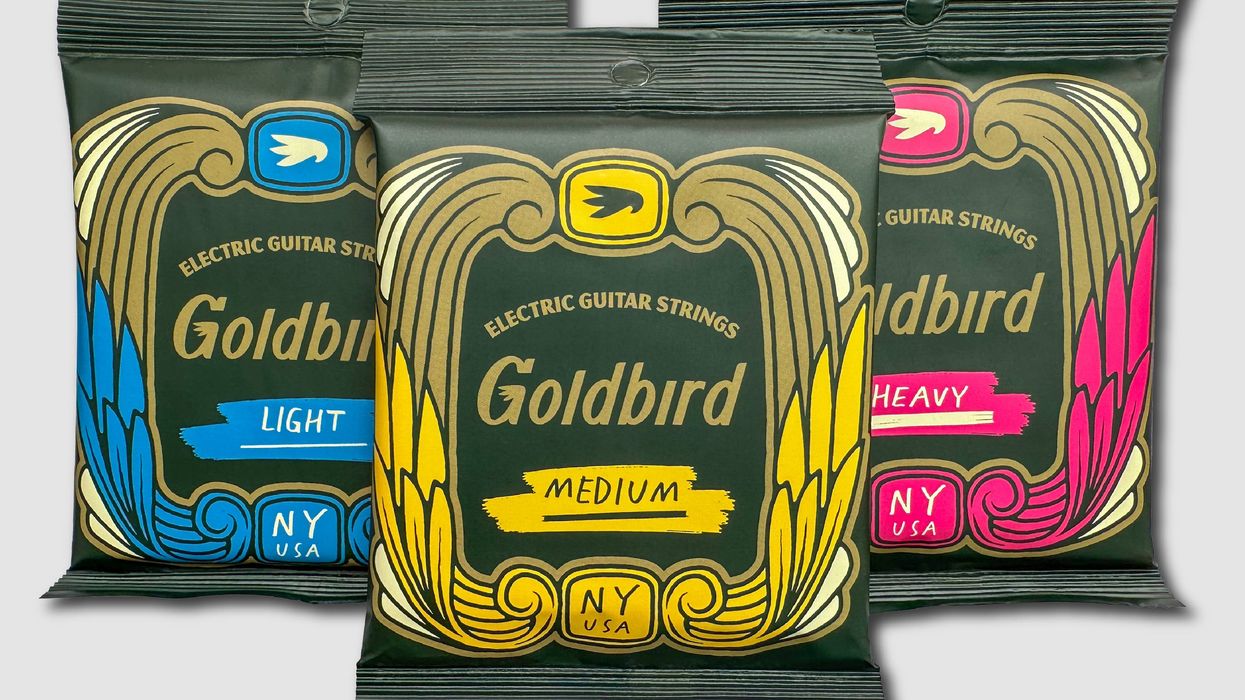If you’re a performing artist, you are certainly going to be playing in small rooms for your loyal fans. Small rooms can be tricky in getting good sound for certain types of audio performances. Even acoustic acts can have problems because of the unusual acoustics or poor construction. Here are some tips and pointers for getting the best sound out of small rooms.
If I am in a room and I know the crowd will not want me to be real loud, I set up closer to the speakers. That way I can mix at the level I want to hear and the rest of the room behind me will usually be quieter. This also helps the sound if you can mix in the “direct field,” the place where the sound coming from the speakers is greater than the sound being bounced around the room. Your sound mix won’t be garbled if you are only hearing the sound coming off stage and from your speakers.
Try not to set up in a corner or next to a wall or under a balcony. The bass response is greater next to a wall or in a corner. You will be hearing great bass and the kick will be thumpin’, but the rest of the room can be lacking in low end and the mix will sound edgy and harsh.
The best position is 2/3 of the way back into the room from the speakers and slightly off center. If you can’t get there, work for the best possible compromise or play some similar music over your PA and walk around the room listening for the best spot. One thing I do when I walk into a new space is to clap my hands loudly at about 2-second intervals and walk around listening for echoes and reverb times. I will also stomp my foot and listen for low frequency reverb that can easily be set off by small amounts of energy. Then I will have an idea of what I may have to do to my equalizer and the best place to set up my mix position.
In rooms that have bad echoes, you can try to set up with your PA slightly diagonal in the room; this may cut down on some reflections off of the back wall. In some small rooms, the 200-250 Hz range of the equalizer can usually be cut, since small rooms can often be boomy. This can be especially true if the bass player plays loud and is also running through the PA.
Look for ducts and closets close to the mix position. These can resonate at certain frequencies and throw off your mix. If you are mixing from stage, try to have one of the members walk around the listening area (a wireless guitar/bass is great for this) and tell you what they think of the mix and sound balance throughout the room.
In small rooms stage volume is very important. If you are just using the PA for kick drum and vocals, the guitar and bass players will have to be very careful about how they adjust their volumes during the performance, so as to not throw off the mix. If you are running the whole band through the PA, if the stage volume is too loud, the sound mixer has to turn up the PA to get up and over the stage amps. When this happens the room can quickly become a bunch of garbled noise. If you are in a new room and need to find a way to determine what your levels should be, get the vocals up in the PA and monitors to what you feel the maximum needed level will be. Back off of this about 25-30% on the channel faders. Check the drum levels and get them through the PA at a comfortable level. Then add the instruments, bottom up. Bass, guitars, keyboards, etc. Finally do a song to check for the balance on everything. Add or subtract a little EQ at 200- 250 to see if it cleans up or muddies the sound; possibly add a little 2k and 2.5k to bring the vocals out (if you are having feedback problems, stop and ring out the mains and monitors to get rid of the feedback). Turn the song up toward the end to see if the room will handle those levels and still sound good.
Remember, people absorb about 60- 70% of the sound that hits their bodies, except for the frequencies starting about 160 and below (down to 20Hz). The more people you get in the room the more you can turn it up and the better it will probably sound.
Till then, give those fans some eargasms!
Andy Anderson is president of Concert Sound Inc., which provides sound, lighting, stage, roof and backline services throughout the Midwest. Concert Sound has served the needs of many major acts over the years, including the Beach Boys, Starship, .38 Special, and Mickey Gilley. Concert Sound also handles sound-and-lighting sales and installations, and designs custom band systems. Andy has been active in the audio field for 25 years, beginning with a recording studio and moving into live sound and sound-system installation. He is active at Dawghouse Recording, a ProTools-based recording studio in Ames, Iowa, and is a partner in a business specializing in musical electronics repair and speaker reconing.
Andy Anderson
Concert Sound Productions
www.concertsound.org

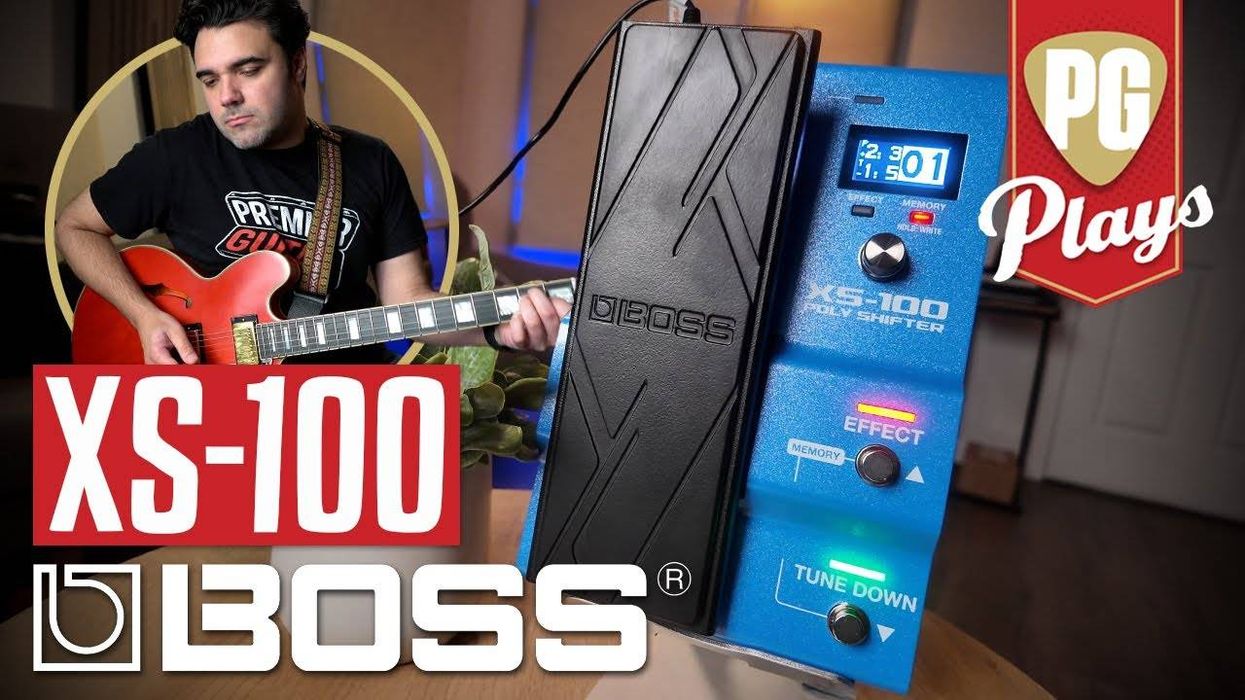
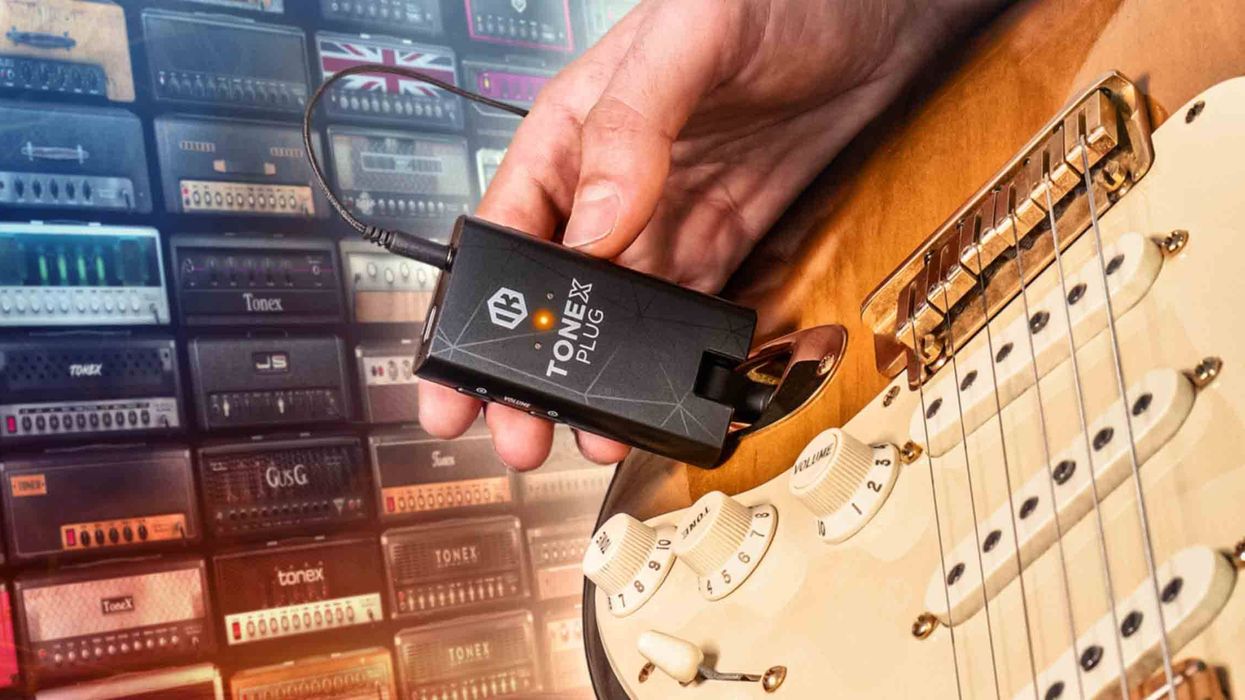


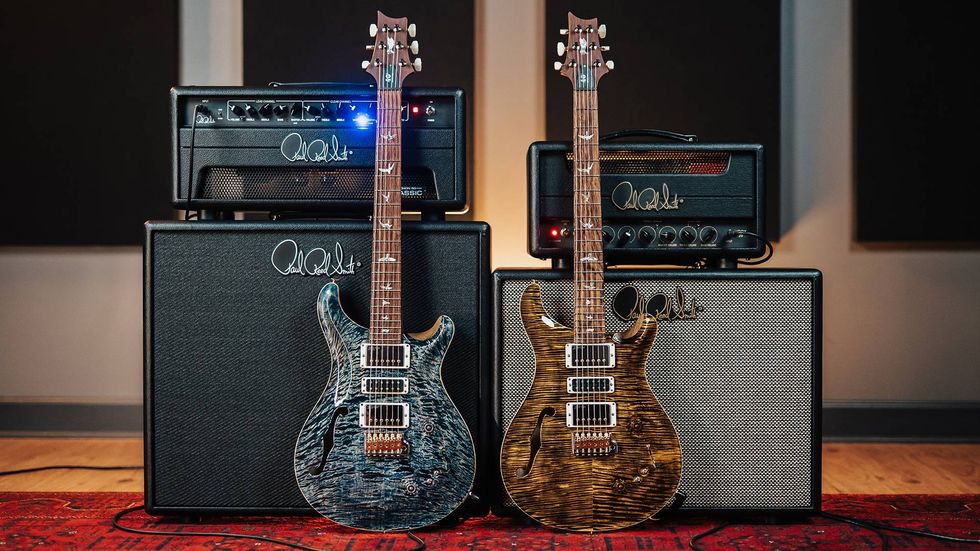






![Rig Rundown: AFI [2025]](https://www.premierguitar.com/media-library/youtube.jpg?id=62064741&width=1245&height=700&quality=70&coordinates=0%2C0%2C0%2C0)












 Shop Scott's Rig
Shop Scott's Rig